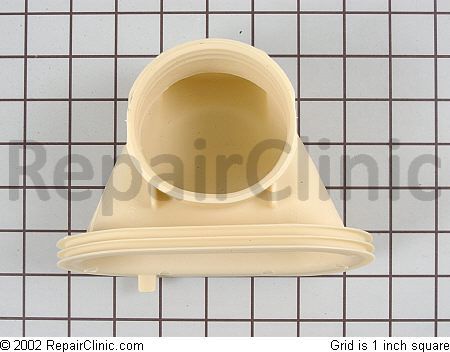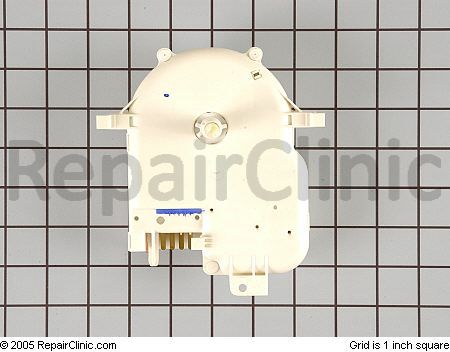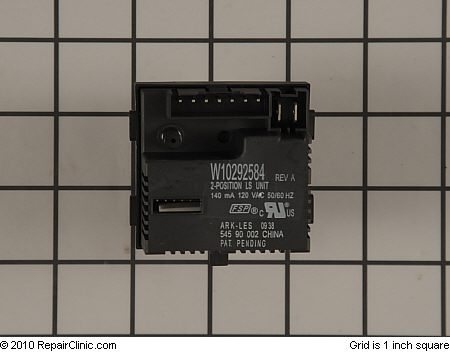Awwite, grasshoppers, y’all go grab you a brewski and weird ol’ Uncle Samurai’s gonna tell ya a sorrowful tale of a heartbreak service call on a Kenmore (Frigidaire) front load washer.
Went out on a service call the other day on one of these machines. Complaint was that the washer was full of water, wouldn’t pump out and wouldn’t spin.
Well, this is a pretty common problem with any front loader– no pumpy-outy, no spinny– and you usually end up finding some piece of gookus, like a nail or a piece of plastic, caught in the pump impeller. I’ve previously posted a nice, commented set of photos detailing this repair that you can peruse here:
Frigidaire Front-Load Washer Drain Pump Clean-Out
So I whipped out my katana and prepared to deal harshly with this washer’s major malfunction. The katana in this case was my wet vac that I needed to use to suck the water out of the drum cuz if’n you don’t do that first, you’ll have one helluva mess when you pull off the pump suction hose.
With as much water sucked out of the drum as I could get, I then removed the suction and discharge hoses from the pump and unscrewed it so I could pull it out and feast my bloodshot Samurai peepers™ inside that thang (see the aforementioned photo album link for details on this). With the pump removed, I turned that sucker around and, lo, I did behold the offending item:

(click to enlarge)
That’s a pretty hefty and unusual piece of plastic broken off from somewhars and caught in the pump impeller and it looked uncannily like the same material as the drum, same color, same heft. Somewhere, deep in the murky, fermented recesses of my solid steel Samurai cerebrum, something was nagging at me saying, “Yo, Samurai, sumpin’ ain’t raht.” But I shook it off and proceeded to put it all back together.
After I got it all put back together, I fired that puppy up and prepared to bask in the glory and accolades of having spared another household from a trip to the Laundromat. The machine filled with water and pumped out just fine. But when it ramped up to high speed spin, my bowels got all loose and quivery-like when I heard this noise:
In this next video, you can hear it winding down from high speed spin as the inner basket comes to stop and the chattering noise subsides:
Then came the sinking, sickening horror of realizing that all my foregoing sweat and labor on this washer was for naught. This is the sound of classic drum bearing failure in these washers. If your washer sounds like this, you’re going shopping. The new bearings come factory-pressed into the drum assembly and the cost of the parts alone is over $400. And it’s a complete teardown; a three-hour job that’s best done with two men; not worth the money and I advised the customer accordingly.
In discussing it with the customer, she told me that the washer was making that same loud noise right before it quit running. Then it all came to me in a vision.
I realized that the odd piece of plastic caught in the pump impeller was a broken off piece from the drum. I looked but didn’t find a hole broken through the drum so it must have been an inside piece of the drum that got broken off from the inner basket banging around inside there during high-speed spin.
The moral of the story? Well, there are two:
1) when you see a heavy-duty piece of plastic that looks suspiciously like the drum caught in the pump, stop and ask the customer if the washer was making an unusually loud racket before it stopped running, and
2) some days, I’d rather be licking urinals at the Texaco than running appliance service calls.
To learn more about your washing machine, or to order parts, click here.










